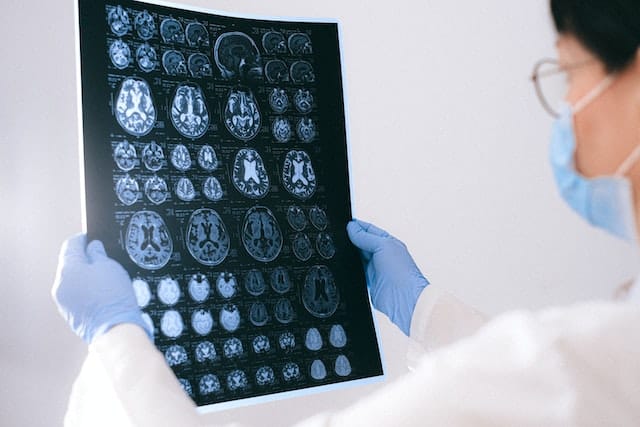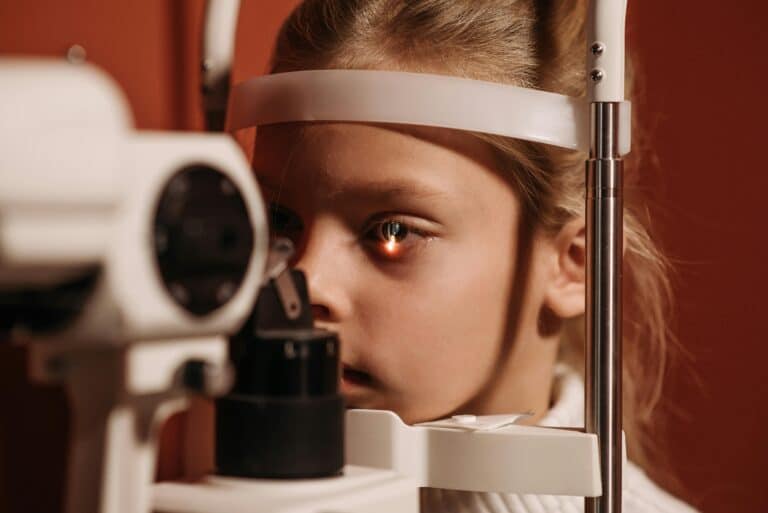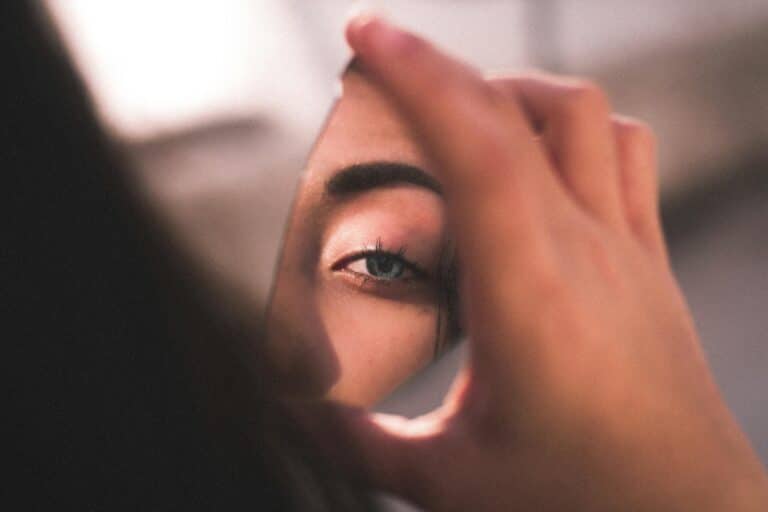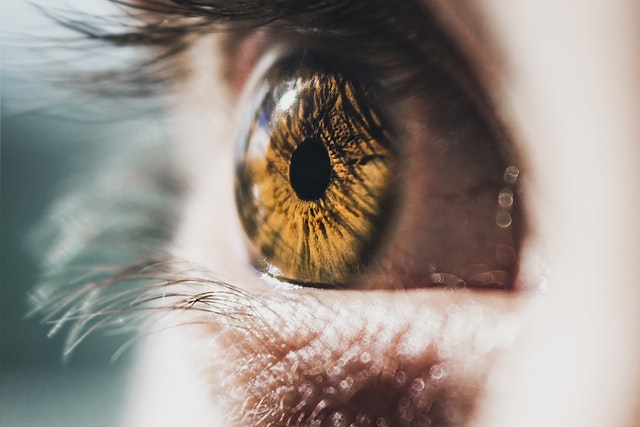Spotting the Blind Spots in Special Needs Pedagogy: What Teachers’ Need to Know about Identifying Early Signs of Vision Problems in Children
October brings the month of World Sight Day and World Teacher’s day, in commemoration of both annual events, this article aims to bring awareness to blindness and vision impairment in children.
Vision impairment or loss can affect people of all ages, but it can be detected at an early age. Reduced eyesight can have minor or long-lasting effects on all aspects of life including personal daily activities and participation in school and work.
Jacqueline Gattegno, a Smart Vision Optometrist at Eyes InDesign Bondi, provides insight in identifying signs of vision problems in children.
The role of educators in detecting early signs in learner
Millions of children around the world experience signs of significant visual impairment, many of which are preventable and treatable.
Educators spend a significant amount of time with learners, therefore, they “play an important role in identifying early signs of eye problems in children,” Jacquie says. This detection reduces the risk of blindness.
There is an increase in the rate of vision-related issues in children, such as diabetic retinopathy, untreated glaucoma, un-operated cataract and myopia. These are preventable causes of blindness that can easily be attended to.
Teaching methods to accommodate such issues
Much of information and education that we receive is through vision, therefore it is important to adopt this knowledge in teaching children who are visually impaired.
Educators can play a crucial role in assisting the comfortably of a child’s learning, regardless of a child’s diagnoses of vision impairment; acute or severe. An adjustment in teaching methods and techniques can help reduce the severity of vision impairment in children.
Much of the strain of the eyes is caused by reading and focusing, particularly in the classroom and on digital screens. However there are other causes to consider that are hereditary.
Here are a few examples teachers can assist with children who experience the following conditions and diagnosis:
Retinopathy of Pre-maturity (ROP)
Retinopathy refers to the disease of the retina that is caused by an abnormal growth of the blood vessel. ROP usually affects children who are born prematurely with a low body mass.
Adaptation in teaching methods can be made by discouraging physical activity as a compulsory requirement as it may result in retinal detachment.
Albinism
Albinism is a lack of pigmentation in skin, hair and eyes. Pigment is necessary for retinal development, therefore, albinism impacts vision.
In learning environments, a high contrast of colours may be beneficial for children with albinism. For example, bright colours against dark backgrounds.
Coloboma of the eye
This is a physical defect of the eyes in children that occurs from birth. To treat this in classrooms, it is important to reduce the glare in learning environments, which can be decreased with dark curtains.
How to identify signs of myopia
The more myopic the higher the risk of screening issues that cause blindness. “It is important to know the difference between high and mild myopia as the level of severity increases the chances of blindness,” Jacquie says.
Mild myopia does not immediately increase a person’s risk of developing serious eye problems but left untreated it can.
High myopia, on the other hand, happens when a child’s eyeball grows longer than it should. If left untreated, high myopia complications can lead to blindness, so regular comprehensive visual eye examinations are critical. These are not the common sight tests offered by regular optometrists.
High myopia may raise the risk of a child developing serious conditions such as cataracts, detached retinas and glaucoma.
Educators can identify signs of myopia in classrooms in the child has:
1. Poor school grades
2. Short attention span
3. Holding objects close to the face
4. Squinting
This month brings awareness to vision impairment and blindness. The awareness of the role teachers play in a child’s sight to reduce preventable blindness is crucial.
Vision problems such as myopia can be treated with highly successful, non-invasive, smart vision eye health treatment programmes, yet some optometrists and ophthalmologists recommend invasive laser eye surgery as the only option or quick fix. “Smart Vision Optometrists have a holistic approach to eyecare and therefore invasive surgery, which is a permanent disfigurement, is not considered a viable option and would only be suggested in extreme cases as an absolute last resort,” Jacquie said.
“If a child has any of the above symptoms then a comprehensive vision skills assessment is recommended immediately,” Jacquie concludes.
Smart Vision Optometry clinics are located in Sydney. Book a Smart Vision Comprehensive Vision Skills Assessment or Advanced Eye Health Test for any child or adult by calling the Bondi clinic (02) 9365 5047 or the Mosman clinic (02) 9969 1600, alternatively book an appointment online.







